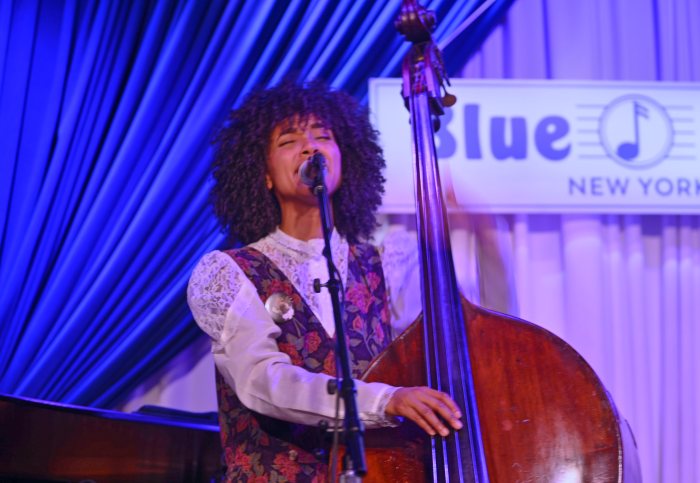
‘Wu-Tang: An American Saga’ begins streaming Wednesday on Hulu.
One reason the Marvel movies of the last decade have been so successful is that those without an encyclopedic knowledge of comic lore can enjoy a film like “Avengers: Endgame” anyway.
It’s natural, in many ways, that “Wu-Tang: An American Saga” would take the form of a superhero origin story. The Staten Island crew that changed hip-hop forever with its first album in 1993 has always dabbled in comic and cartoon worlds; one member’s alternate name is Tony Stark, and there are numerous references to “forming like Voltron” both in lyrics and interviews. There was even a Wu-Tang Clan comic book series published in the late 1990s and early 2000s.
And like the best of the on-screen superhero stories, “Saga” does its best to be a series that both the Wu neophyte and the Wu obsessive can enjoy and understand.
“Saga” centers on young Bobby Diggs, better known today as the RZA, during his teen struggles to both help support his family with petty drug dealing and to develop a flow and production style all his own.
He’s caught up in a war between the drug-dealing factions of Stapleton and Park Hill on Staten Island, one that divides his loyalties, with his older brother being a major player on one side and a friend or two on the other. And through all of that, as the series progresses, he has to not only try to keep himself on the right side of the law, but also to begin navigating the record industry (the series’ eighth episode, which focuses on RZA’s Tommy Boy Records stint, is a highlight).
Those looking for a focus on the musical alchemy of the Clan might do better elsewhere; outside of a couple of plot points, hip-hop plays a supporting character at best for most of the season. The show feels as much like a crime-in-the-city story as anything else, especially early on. When rap does pop up, though, the screen electrifies, especially for Wu fans. One scene, in particular, stands out. Shotgun (an embryonic Method Man, played by emcee Dave East) and Sha (the future Raekwon, portrayed by Shameik Moore) have a mini-battle on a basketball court; Wu fans will immediately recognize the lyrics as those of the track “Meth vs. Chef,” from Method Man’s debut album. Non-fans, though, will see it as a dramatic setup for the heart-wrenching scene to follow.
Is it all true? Are there elements fudged for dramatic effect? Are the feelings behind it, the drama created for the characters to work through, real? For those who want a play-by-play of the group’s foundation or want to understand all of the moments written into the series as Easter eggs for the hard-core fans, there’s the excellent “Wu-Tang Clan: Of Mics and Men” documentary released earlier this year. But for those who want to understand why the Wu-Tang Clan formed, as much as how, “Wu-Tang: An American Saga” is satisfying.



































